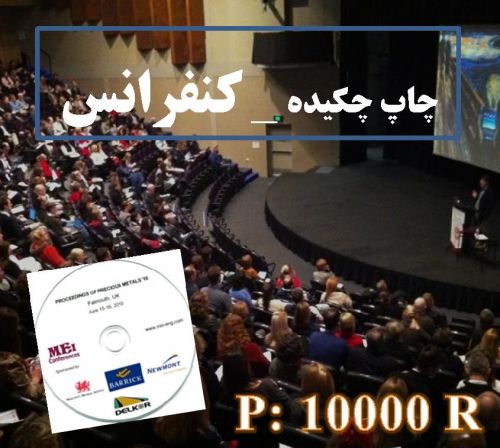Abstract: Problem statement: Gypsy moth, Lymantria dispar L. is one of the most important pests of forests and ornamental trees in the world. Host plants consumed by the pest larvae have a significant effect on its growth and development. Approach: Both food quality and quantity are important factors affecting longevity, survival, fecundity and population dynamics of the insect. In the present research we had measured food consumption, survival rate, age specific longevity and fecundity of gypsy moth on five different host species, including apple (Malus domestica), black poplar (Populus nigra), white poplar (Populus alba), oak (Quercus sp.) and pear (Prunus comunis) under laboratory and field conditions in Yasuj area. Results: The obtained results indicated that the total consumed leaf surface by a larva on apple (M. domestica) was the highest with the amount of 1014 square cm. First instar larvae did not survive long following consumption of small amount of white poplar and pear leaves. Age specific survival and longevity were significantly different on apple and black poplar compared with oak in laboratory conditions. No significant differences were found between age specific longevity of gypsy moth on apple and black poplar under the experimental conditions. Host preference for poplar and black was distinctly higher than oak. The average weight of female pupae developed on apple, black poplar and oak were 1440, 1320 and 1100 mg respectively and as fertility rate of female moth is directly related to the weight of female insects, fertility rate of adult moth developed on apple with the average female weight of 1440 mg and 3.19 was higher than the moth developed on black poplar and oak with the fertility index of 2.59 and 2.41 respectively. Conclusion: The results indicate the presence of feeding deterrents in white poplar and pear.
کلید واژگان :Lymantria dispar, food source, biological characteristics, laboratory conditions, Yasuj
ارزش ریالی : 200000 ریال
با پرداخت الکترونیک
جزئیات مقاله
- کد شناسه : 7143560504217765
- سال انتشار : 2010
- نوع مقاله : چکیده مقاله پذیرفته شده در کنفرانس ها(فایل کامل مقاله بارگزاری گردد)
- زبان : انگلیسی
- محل پذیرش : 28th International Horticultural Congress, Lisbon Congress Center, August 22-27 , 2010
- برگزار کنندگان : 28th International Horticultural Congress, Lisbon Congress Center, August 22-27 , 2010
- تاریخ ثبت : 1394/04/08 23:40:42
- ثبت کننده : کریم سعیدی
- تعداد بازدید : 351
- تعداد فروش : 0
